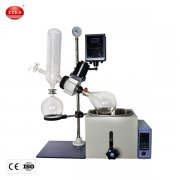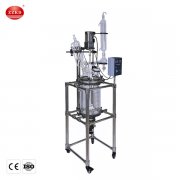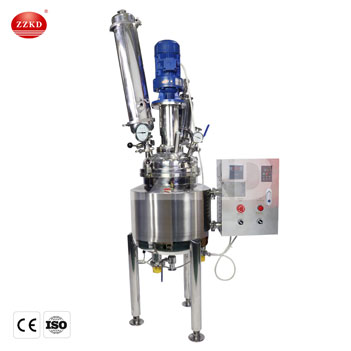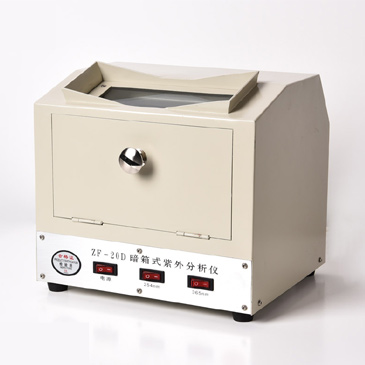In the realm of cutting-edge technological innovation, high pressure high temperature reactors have emerged as pivotal tools that enable the synthesis of materials and chemical compounds under extreme conditions. This article delves into the intricacies of high pressure autoclave reactor, elucidates their underlying principles, explores their diverse applications, and presents a compelling real-world case study.
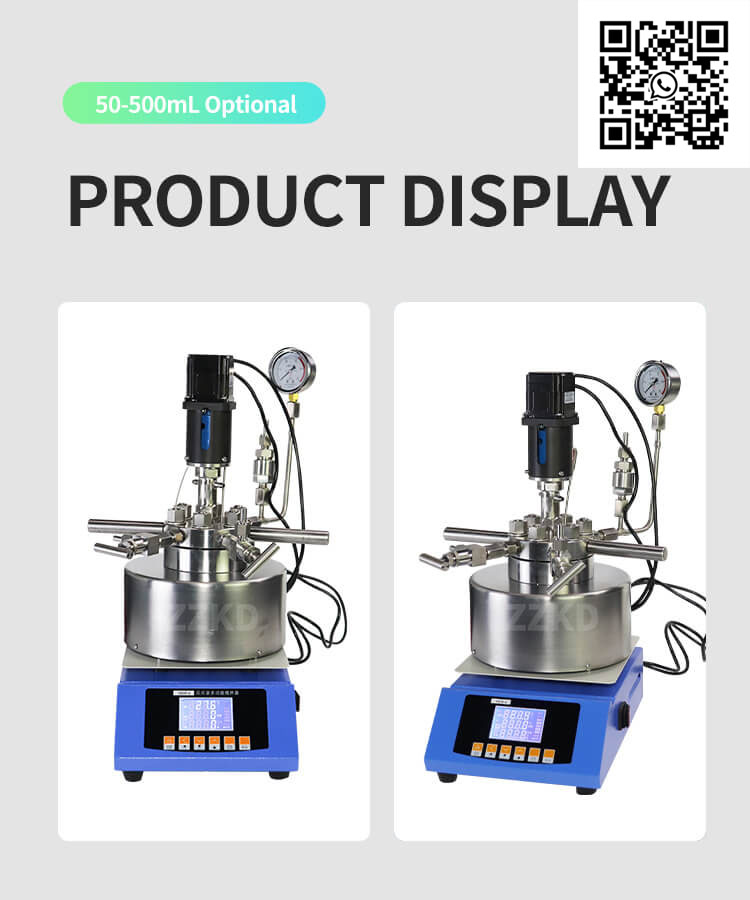
Foundations of High Pressure High Temperature Reactors
At the crossroads of scientific exploration and industrial application, high pressure high temperature reactors stand as marvels of engineering and innovation. Their operational domain, characterized by a density ranging from 0.5% to 3%, offers a canvas for groundbreaking research and development. High pressure, a force exceeding atmospheric pressure, and high temperature, an elevated thermal state, synergize within these reactors to orchestrate intricate chemical and physical transformations. The reactor's design intricacies reflect a balance between technological sophistication and safety imperatives. Key components, including the reactor vessel, pressure control systems, heating elements, and advanced sensors, collectively empower researchers and operators to meticulously manage extreme conditions.
Mechanisms and Advancements
In the context of high pressure high temperature reactors, catalysis takes on a profoundly altered identity. Traditional catalysts, such as transition metals, experience heightened reactivity in the crucible of these extreme conditions, thereby unlocking novel reaction pathways. Kinetics, the temporal orchestra directing reaction rates, undergo metamorphosis under elevated pressures and temperatures, potentially revolutionizing chemical synthesis. Materials science, an ever-evolving discipline, enriches the arsenal of reactor components, ensuring their resilience and endurance during protracted operation. With paramount importance placed on safety, automated control systems and real-time monitoring synergize to empower operators with a heightened sense of control.
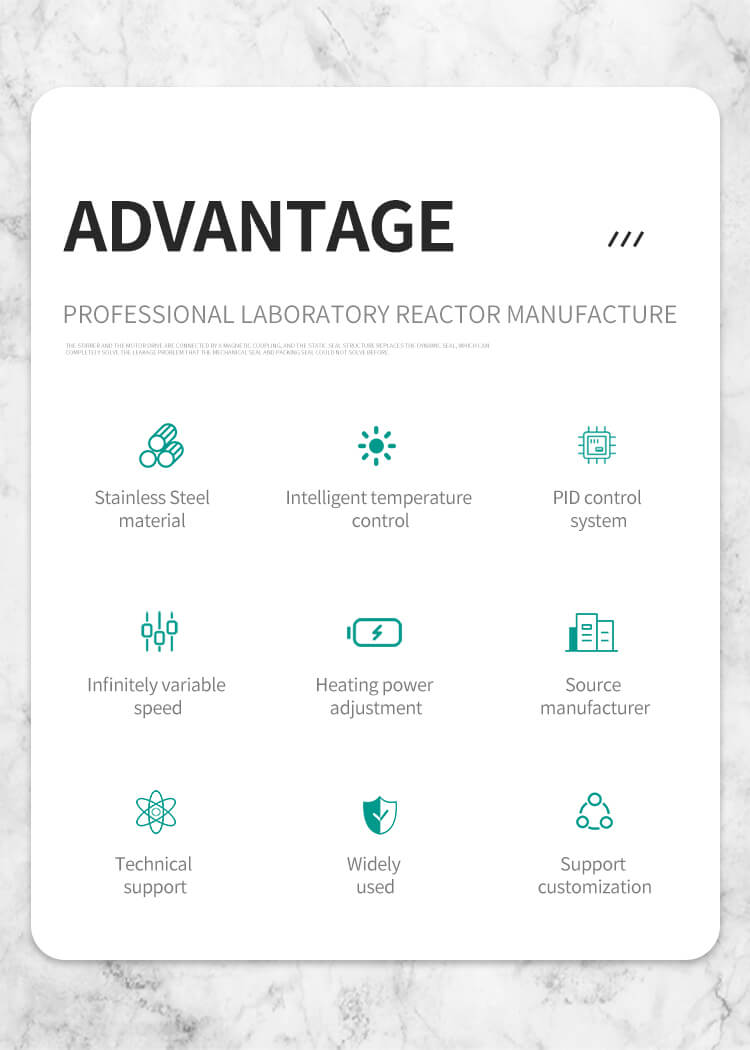
Applications Across Industries
The versatility of high pressure high temperature reactors extends their influence across a spectrum of industrial domains, with chemistry and energy sectors being two prominent beneficiaries.
In the realm of chemistry, hydrothermal synthesis assumes center stage. Conceived as a transformative methodology, hydrothermal synthesis harnesses water as a reaction medium at elevated temperatures and pressures. This approach has redefined the boundaries of materials synthesis, facilitating the creation of nanoparticles, zeolites, and advanced ceramics with unprecedented precision and control. The marriage of extreme conditions with chemistry has kindled new possibilities, exemplifying the ingenuity of high pressure high temperature reactors.
Concurrently, the energy sector witnesses a symbiotic partnership between high pressure high temperature reactors and enhanced oil recovery (EOR) strategies. Within oil reservoirs, the viscous entrapment of petroleum can stymie extraction efforts. Enter the high pressure high temperature reactor, which catalyzes EOR by injecting steam or other fluids into reservoirs. The outcome is two-fold: a reduction in viscosity and a boost in oil recovery rates. This synergy exemplifies how the fusion of scientific innovation and industrial necessity can yield transformative outcomes.
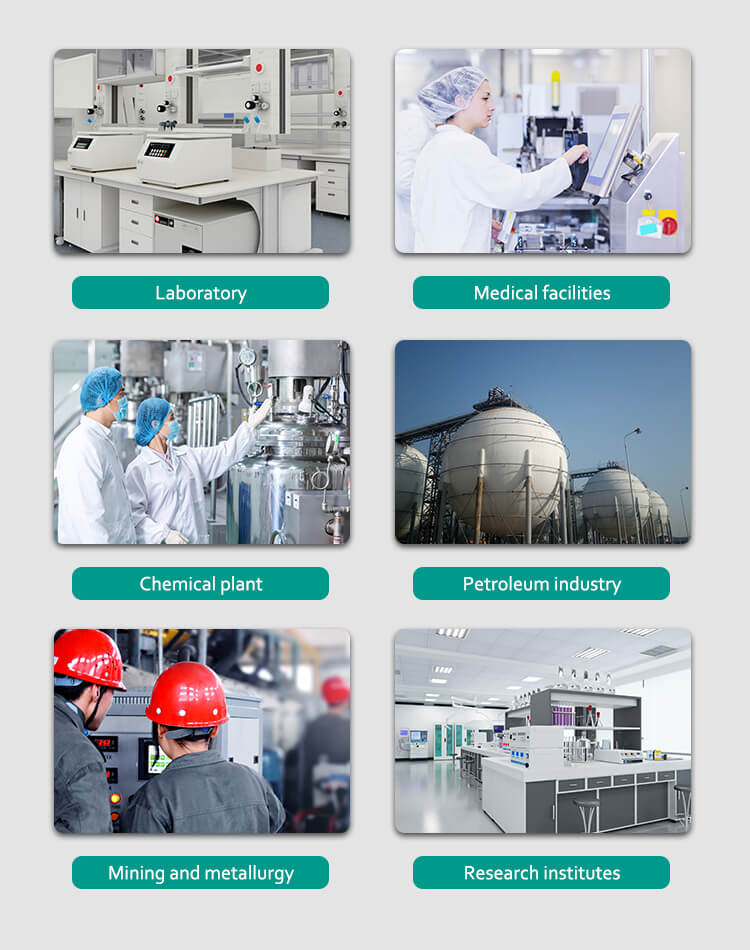
Environmental Sustainability Through Innovation
As global environmental concerns intensify, high pressure high temperature reactors emerge as vanguards of sustainable innovation, their impact reverberating across multiple dimensions.
Carbon capture and utilization (CCU) takes center stage in this narrative. CCU, a strategy designed to curtail greenhouse gas emissions, finds fertile ground within high pressure high temperature reactors. Carbon dioxide, subjected to extreme conditions, undergoes a metamorphosis, transforming into valuable products such as synthetic fuels or chemical feedstocks. This convergence of science and sustainability not only addresses the specter of climate change but also bestows economic dividends, unraveling novel revenue streams and industries.
Another facet of environmental stewardship finds expression in sustainable fuel production. The transition from fossil fuels to sustainable alternatives is underpinned by innovative technologies. High pressure high temperature reactors, armed with their capacity to drive chemical transformations at the molecular level, stand as crucial instruments in this epochal journey. The creation of biofuels from renewable resources, guided by the principles of green chemistry, embodies the ethos of sustainability that high pressure high temperature reactors champion.
Case: High Pressure High Temperature Reactor in Pharmaceutical Manufacturing
The pharmaceutical industry, an arena where precision and efficacy are paramount, embraces high pressure high temperature reactors as catalysts for transformative change. The synthesis of active pharmaceutical ingredients (APIs) under extreme conditions emerges as a case study exemplifying the symbiosis of science and medicine.
The synthesis of APIs traditionally entails intricate steps and exacting conditions. High pressure high temperature reactors disrupt this paradigm by offering a milieu where pressure and temperature can be precisely modulated. The outcome is enhanced API purity, bolstered yield, and streamlined production processes. The ripple effect translates into improved drug efficacy, a potent elixir for advancing therapeutic outcomes. Furthermore, heightened production efficiency reduces resource consumption, underscoring the sustainability facets of this approach.
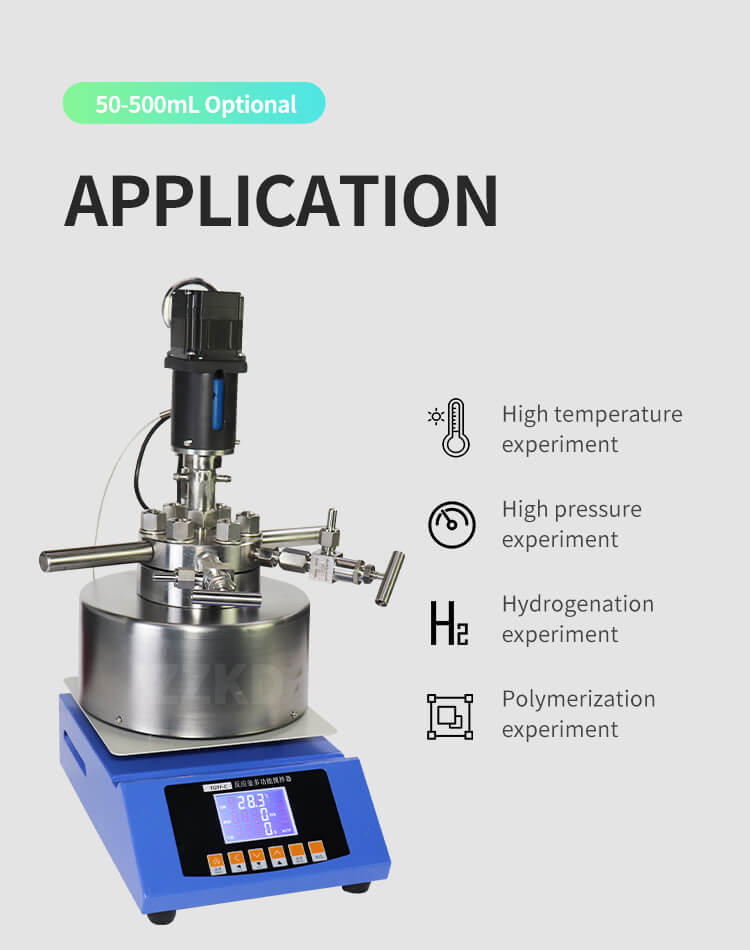
Conclusion
In the pantheon of scientific progress, high pressure high temperature reactors assert their presence as conduits of innovation, driving the boundaries of possibility. With their operational landscape spanning a density range of 0.5% to 3%, these reactors reshape our understanding of chemical reactions and material synthesis under conditions hitherto unexplored. The union of high pressure and high temperature within a meticulously designed reactor framework engenders a crucible for transformative research and industrial applications.
The synthesis of materials, the revolution in catalysis, the quest for sustainable fuels, and the pharmaceutical renaissance all find common ground within the crucible of high pressure high temperature reactors. This convergence of disciplines and industries underscores their potency as agents of positive change. As we navigate the trajectory of scientific discovery, high pressure high temperature reactors remain poised to unlock novel frontiers, empower industries, and nurture a future where innovation thrives.

 Products
Products





